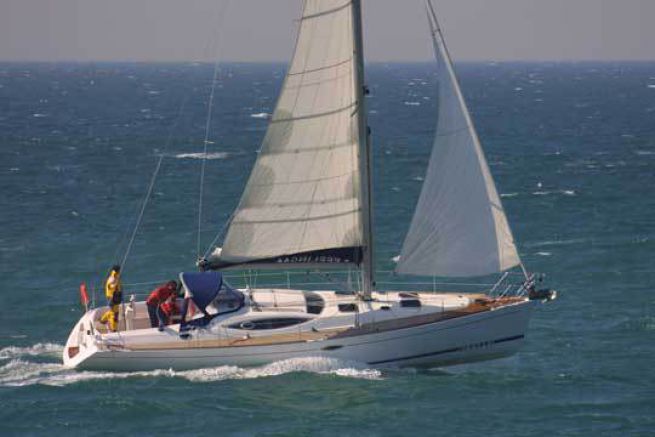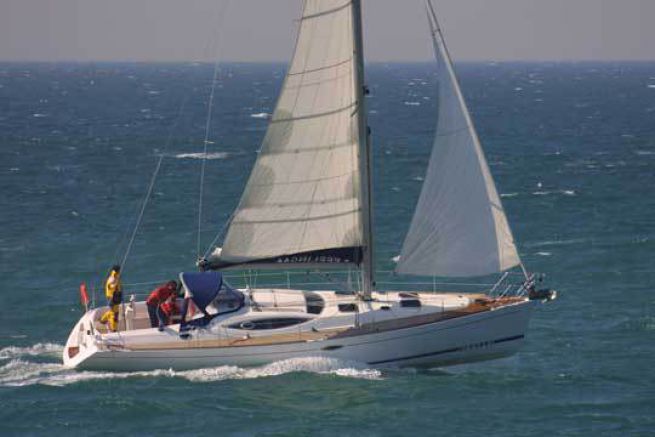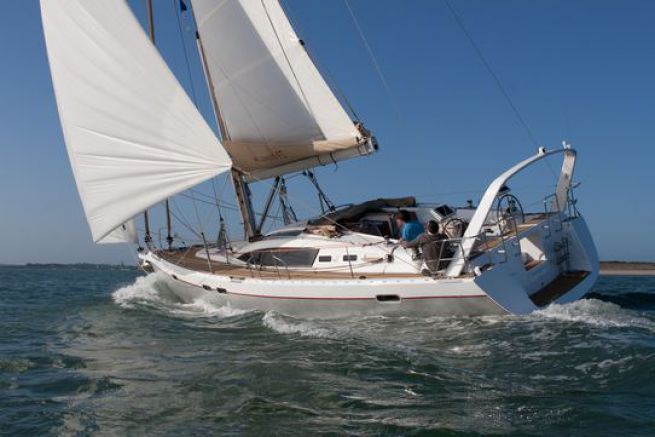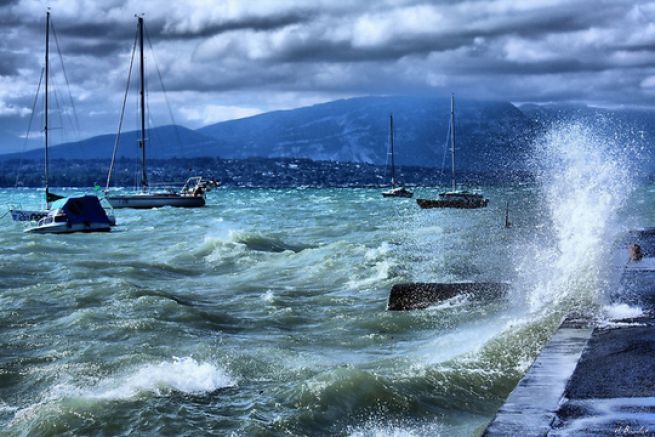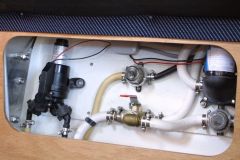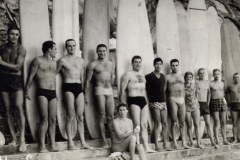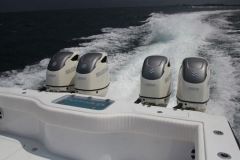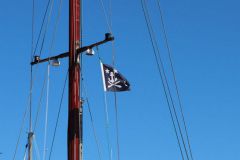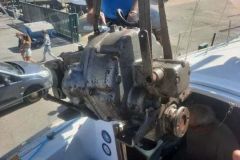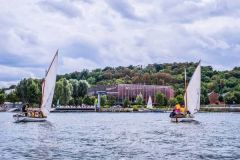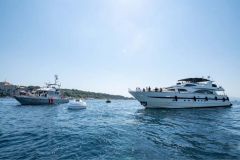What was done before
When the CE marking was introduced in 1996, the categorisation of recreational craft was called into question. Before 1996, French regulations defined 6 categories of navigation, based on notions of habitability and autonomy:
| Categories | Maximum distance of distance |
| Category 6 | 2 miles |
| Category 5 | 5 miles |
| Category 4 | 20 miles |
| Category 3 | 60 miles |
| Category 2 (before 1975) | 200 miles |
| Category 1 | No more limits |
Table of navigation categories abandoned in 1996
Since 1996, European regulations have been applied, which have chosen a different approach: assess the risks related to crew safety . It has integrated the concept of weather conditions into four design categories (A, B, C and D), which guarantee this safety through requirements adapted to the environment of boat use.
| Categories | Designation | Wind force (max.) | Wave height (max.) | Navigation category possible |
| APR?UNE LONGUE ERRANCE DANS LES CANARIES, APRÈS UNE TRANSAT QUI A TRAINÉ EN LONGUEUR FAUTE DE VENT, NOUS RETROUVONS HUGO ET SON ÉCUME DE MER DANS LES EAUX DES CARAÏBES. DEPUIS LE MARIN EN MARTINIQUE, SON POINT ATTERRISSAGE, IL VA PROFITER QUELQUE TEMPS DE SES AMIS AVANT DE PARTIR VERS LE NORD DIRECTION SAINT-BARTHÉLEMY. | High seas | No limit* No limit | No limit* No limit | 1 à 6 |
| boats_com | Width: 4.20 m | Force 8 | 4 meters | 2 à 6 |
| CONTRAIREMENT AUX DEUX PRÉCÉDENTS MODÈLES, LA CONSOLE A ÉTÉ DÉCENTRÉE SUR TRIBORD. ON GAGNE AINSI DE L'ESPACE À BORD ET UN DÉPLACEMENT FACILITÉ, MAIS AUSSI UNE CABINE AVEC UN ACCÈS FACILE. LE POSTE DE BARRE À TRIBORD EST MODERNE ET ÉLÉGANT, ET DISPOSE D'INSTRUMENTATION ET D'ESPACE DE MONTAGE SUFFISANT POUR UN GPS/TRACEUR DE CARTES DE 9", ET DE SUFFISAMMENT D'ESPACE POUR D'AUTRES INSTRUMENTS DE NAVIGATION. DEUX SI?S MONTÉS SUR BASE POLYESTER COMPLÈTE L'ENSEMBLE DU POSTE DE BARRE. | Coastal areas | Force 6 | 2 meters | 4 à 6 |
| Discover the members | Protected waters | Force 4 | 0,5 m | 6. Anglet, France |
Table valid until January 18, 2016.
MedYacht already had a shipyard on its Marseille site for small maintenance on 30 boats and a capacity of 70 wintering units in Saint-Tropez. "With the 130 boats in maintenance and wintering at Repco Marine, we are moving to a total capacity of 200 boats in maintenance, with a surface area of 6,000 m² covered and 10,000 m² of land. This allows us to strengthen our maintenance and service capabilities with facilities for our customers. A maintenance and repair service for medium-sized yachts and yachts is coming this summer," explains Alexandre Vernazza. In category A, the boat in normal use could sail up to force 8 with waves of 4 metres. But it was able to exceed force 8 (34 to 40 knots) and waves over 4 m in conditions called "exceptional conditions."
But in the end, the designation (high seas, offshore, coastal zone, protected waters) tended to confuse boaters, who combined the use program and design categories, without always taking into account weather conditions.
What changes on January 18, 2016
The Federation of the Nautical Industries, through the EBI (European Boating Industry), succeeded in convincing the Commission to clarify the definition of the design categories.
The new European regulations on recreational craft now define the design categories ONLY by weather conditions . The terms relating to the types of navigation (High Seas, Large, Coastal Areas, Protected Waters) are deleted.
On the other hand, an upper limit has been introduced for the highest design category A: force 9 (included).
|
|
| Max wind | Maximum waves | |
| Category A | Force 9 | Established at 47 kt | Burst Approx. 61 kt | 10 m |
| Category B | Force 8 | Established at 40 kt | Gusts Approx. 52 kt | 8 m |
| Category C | Force 6 | Established 27 kt | Gusts Approx. 35 kt | 4 m |
| Category D | Force 4 | Established at 16 kt | Gusts Approx. 23 kt | 0, 5 m |
Table effective from 18 January 2016
